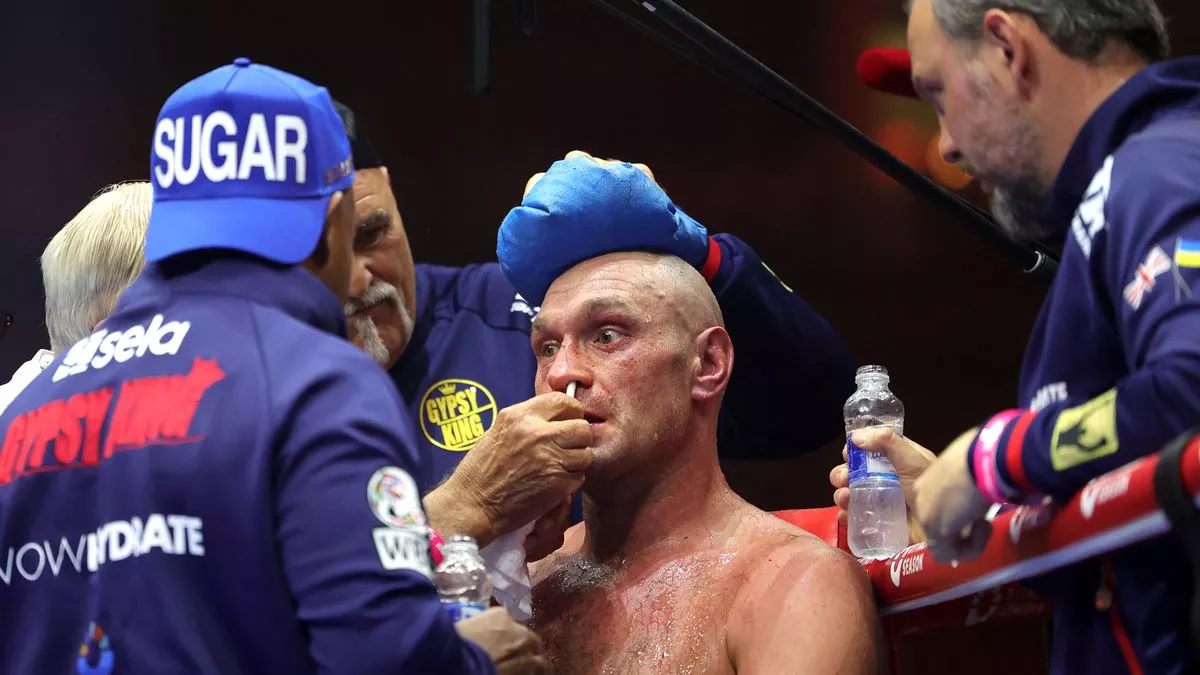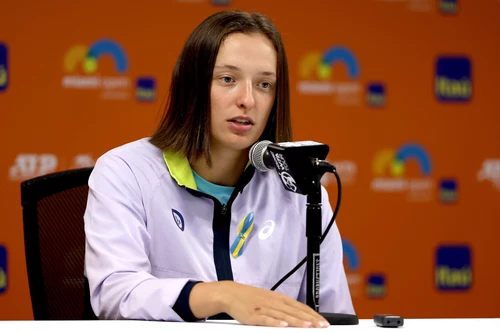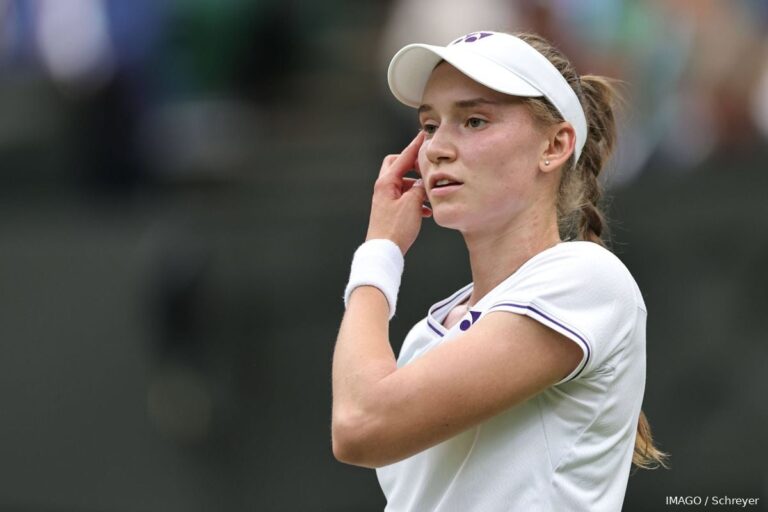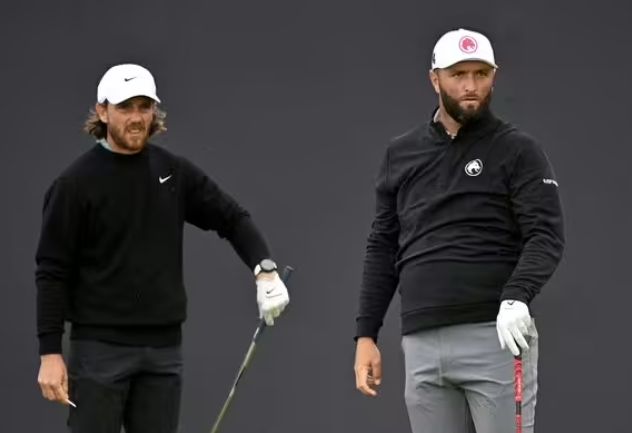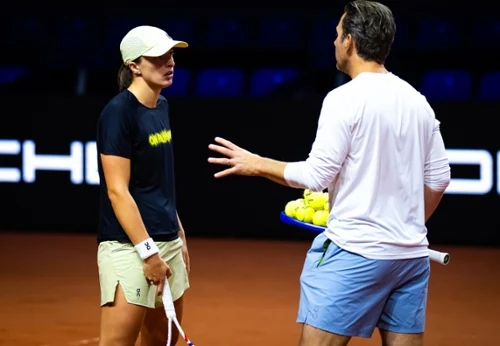John Fury has come under repeated criticism for his role in son Tyson’s defeat by Oleksandr Usyk in their undisputed fight in May
John Fury has come under repeated criticism for his role in son Tyson’s defeat by Oleksandr Usyk in their undisputed fight in May
In preparation for Tyson Fury’s highly anticipated rematch against Oleksandr Usyk on December 21, a significant shift in strategy has been proposed regarding the composition of Fury’s corner team. Following Fury’s defeat by Usyk in their undisputed heavyweight championship bout in May, which saw Usyk crowned as the undisputed heavyweight world champion after a hard-fought points victory, there has been notable criticism of the role Tyson’s father, John Fury, played in that bout.
John Fury’s performance as part of Tyson’s corner has been scrutinized, leading to recommendations that he should step back from an active role during the rematch. Prominent boxing figure Ricky Hatton has been vocal about this shift, suggesting that John Fury should relinquish his position in the corner and instead take a seat in the front row of the arena. Hatton’s comments come amidst a broader discussion about corner dynamics and their impact on a fighter’s performance.
In an interview with Action Network, Ricky Hatton explained his perspective on the matter. He emphasized the importance of having a singular, unified voice during the crucial one-minute intervals between rounds. According to Hatton, having multiple voices in the corner can lead to confusion and mixed messages for the fighter. He asserted that while having additional voices and minds in the corner can be beneficial for brainstorming and strategy during the rounds, during the brief rest periods, there should be a clear, singular source of guidance. “I believe I speak for most coaches who would say, you can have an assistant coach or second in command in the corner and while the three-minute rounds are on, you can discuss with your coaching partner about what might happen. But when the one-minute interval happens, there’s got to be only one voice. If that advice is coming from all directions, you’re like ‘where do I go’?” Hatton explained.
Hatton’s insights reflect a common sentiment among experienced coaches, who often advocate for a streamlined communication process during fights. He acknowledged the value of having multiple perspectives and inputs from various corner members, but stressed that clarity and focus during the brief intermissions are crucial for a fighter’s effectiveness in the ring. “I think it’s fantastic to have two people in the corner (John Fury, Andy Lee, or SugarHill) it’s great because you can pick their brains. Two heads are better than one and three is better than two but in the one-minute interval, you need to have one speaker and any coach that is worth their while would agree with me on that one,” he added.
In addition to the corner dynamics, Hatton also provided tactical advice for Tyson Fury ahead of the rematch. He pointed out that the fight is likely to be close and competitive, much like their first encounter. Hatton emphasized that Fury should utilize his size advantage more effectively to impose himself on Usyk. During their previous bout, Hatton noted that Fury allowed Usyk to dictate the pace and control the ring, which contributed to Usyk’s success. “Usyk is a hell of a fighter, but he was letting him bully him all over the ring and you’d have thought Usyk was the man mountain and Tyson was the little fella the way he was pushing him around the ring,” Hatton observed.
Hatton’s advice for Fury includes holding his ground better and leveraging his physical advantages in the early rounds. He suggested that Fury should use his size to press the action, hit harder, and lean on Usyk to disrupt his rhythm. “If Tyson holds his feet a little bit better and hits him hard, leans on him a little more, certainly in the early rounds then I think that will make a difference,” Hatton advised. He emphasized that given the size disparity between the two fighters, it was essential for Fury to start strong and not allow Usyk to gain momentum. Hatton concluded that by implementing these tactical adjustments, Fury could potentially turn the tables and secure a victory in the rematch.
As Tyson Fury prepares for this pivotal bout, the recommendations and insights from figures like Ricky Hatton could play a crucial role in shaping his strategy and corner dynamics. The rematch against Usyk is set to be a defining moment in Fury’s career, and adjustments to his corner team and approach in the ring could be key factors in his quest for redemption.
